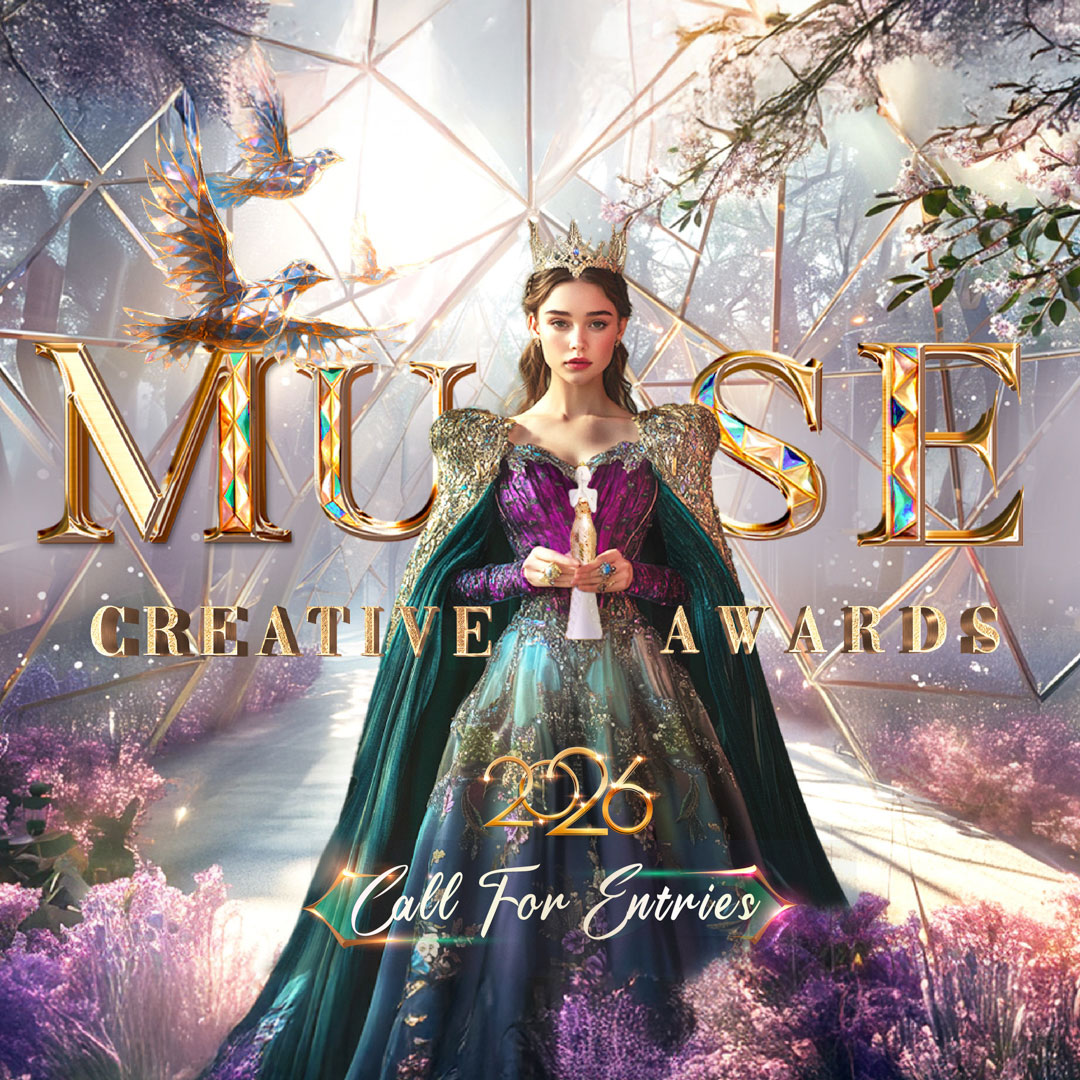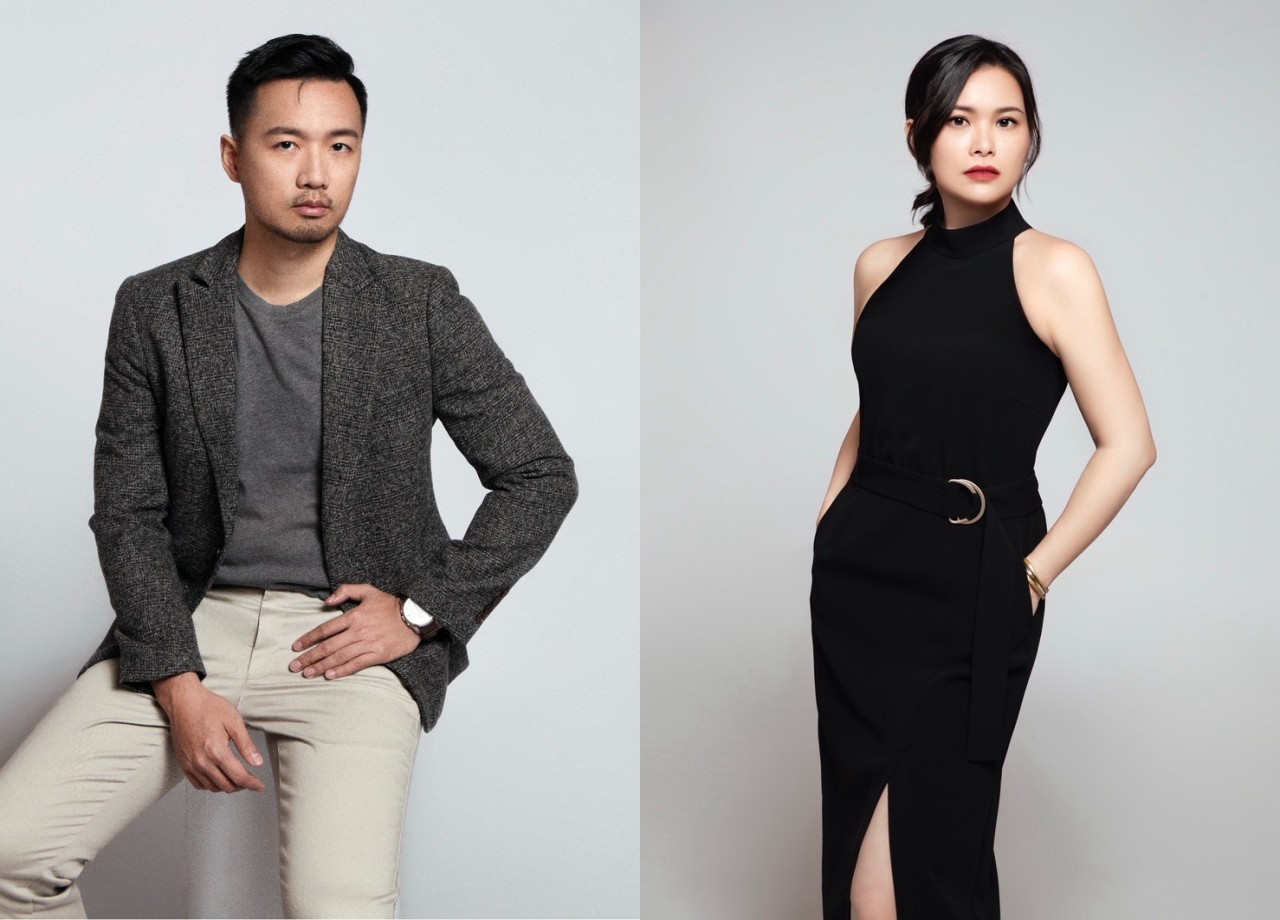Wenwen Zhu on Crafting the Whimsical Brand Identity of Shyly Sheep Café
Wenwen Zhu
Wenwen Zhu is a Chicago-based designer and 3D animator, and the founder of BBINK Studio. She creates warm, narrative-driven brand systems across identity, print, and motion, drawing from her roots in illustration and animation.
I’m Wenwen Zhu, a Chicago-based multidisciplinary designer, 3D animator, and the founder of BBINK Studio. My practice spans brand identity, print collateral, and motion design for hospitality, lifestyle, and cultural projects. I build clear, narrative-driven systems—logos, packaging, menus, posters, and animation—that feel both rigorous and warm.
I entered the field through illustration and animation, then expanded into identity systems as client needs evolved from single assets to holistic brand ecosystems.
I submitted because this award program evaluates strategy, craft, and impact—the core pillars of my work. Winning validates our system-first approach and strengthens client trust, opening doors to higher-stakes, cross-media collaborations.
This body of work began with a clear intention: to build a brand language that feels gentle and self-possessed, and that holds together across print, packaging, space, and motion. I approached it as a system—research first, then a flexible grid, a restrained palette with one expressive accent, readable type, and a simple motion cadence so every touchpoint “breathes” the same way.
The shy, slightly averted gaze of the character became a signature: it doesn’t perform for attention; it invites a quieter, more personal connection. I also kept deliberate white space in patterns and layouts, leaving room for imagination instead of filling every beat. Much of the inspiration came from everyday slowness—the small pauses that make experiences feel human.
What set this project apart is how a single idea—“a gentle, unhurried sheep”—was engineered into a coherent brand ecosystem and expressed with intentional craft. The concept flows through clear rules: a flexible identity grid, a restrained palette with one expressive accent, typography that works across menus, labels, and posters, and a calm motion cadence so every touchpoint “breathes” the same way.
The hand-drawn style isn’t decorative; its soft edges and subtle texture guide hierarchy and pacing in both print and digital, translating naturally into motion timing and easing. Crucially, the character is not a one-off mascot but a systemized piece of IP.
It strengthens credibility and meaningfully raises the ceiling for briefs: we’re already being considered for system-level brand architecture instead of one-off assets, with deeper collaborations spanning strategy, identity, packaging, print, and motion. The recognition also helps us set healthier conditions for good work—clearer decision rights, more realistic timelines, and the space to prototype before rollout—so the team can deliver bolder, more coherent systems.
Over time, I hope this positions us as a go-to partner for narrative-driven, multi-channel branding and attracts collaborators who value craft and rigor.
Clients and audiences have been genuinely happy—the recurring notes are “calm, warm, and clear.” Beyond compliments, the response has been practical: partners invited us to extend the system into seasonal drops with new accent colors, limited poses, and subtle motion cues. During a soft launch, a store manager even noticed guests “lingering longer” because the hierarchy was easy to scan yet rewarding in detail.
Professionally, the win changed the conversation. Clients now bring us in earlier—at strategy and planning—so we can shape the story, not just execute assets. Internally, one team said the guidelines “make choices feel obvious,” which sped approvals and gave them confidence to explore variations without hesitation.
Treat design like building a relationship: listen first, then make. Start with a foundations conversation and ask three things they truly care about, two things they fear, and a one-sentence definition of success. Turn this into a one-page shared language—goals, no-go words, aesthetic references, decision-makers, and when to say no.
In each presentation, use “story + three options”: articulate the problem and context as you understand them, then offer one strong recommendation plus two viable alternatives, clearly labeling cost, timeline, and risk—so clients can choose while feeling respected and supported. Keep the pace light and iterative: begin with tactile mini-proofs (swatches, layout slices, 15-second motion tests, in-context comps), then scale up. End every meeting with a “feedback sandwich” (what we heard → what we’ll adjust → what we need confirmed) and follow up the same day with a concise recap email that assigns owners and dates.
When preparing award-ready materials, show the warmth of the collaboration—not just the polished outcomes. Curate process evidence to tell a co-creation story: first-conversation notes, hand sketches, alignment summaries, decision screenshots, valuable dead-ends, and how you made trade-offs together within budget and time. Invite one sincere client quote (how they felt heard, how the team moved faster), and include real-world photos or short clips that prove the system lives across store, social, and packaging.
Finally, credit clearly—who listened, who decided, who drove delivery—so judges see not only craft, but trust and kindness. That often moves them more than showy technique.
I see the industry shifting from one-off campaigns to living systems that must perform across print, packaging, space, and motion—often produced at speed and measured in real time. My plan is to keep learning and widening my range: exploring adjacent aesthetics and categories while deepening my skills in system design, motion grammar, accessibility, and production ops.
I want to be the partner who can evolve a brand over seasons—able to shift styles without losing coherence—building IP, toolkits, and data-informed workflows so the work stays humane, scalable, and ready for whatever channel comes next.
Start small and be kind to yourself. Pick one or two categories that match your strengths, map your story to the judging rubric, and submit real-context prototypes rather than “perfect” mockups. Think of the entry as a conversation, not a verdict: What problem did you meet, how did you care for the people involved, and what changed because of your work? Ask a friend or client to read your draft and highlight the moments that felt human or helpful—that’s the heart of your case. Confidence grows in inches: one clear page, one concise 30–60 second clip, one honest client quote.
Then, systematize so each attempt becomes easier. Save a simple award kit, a folder of before/after assets, and a checklist. Treat feedback—accepted or not—as user research, and celebrate every small milestone. You’ll start to see the value: tighter narratives, clearer process, stronger relationships, and a growing sense that your work belongs in the room.
I’d like to dedicate this to our clients—thank you for trusting a system-first approach and meeting us with such openness. You showed up early for the listening calls, shared honest constraints, and gave clear, timely feedback that kept the work focused and kind.
You let us prototype in the wild, welcomed the rough edges, and kept the conversation generous—voice notes, quick Looms, annotated PDFs, everything. Because of that, decisions felt lighter and momentum felt shared.
A gentle, unhurried brand system—hand-drawn warmth, clear rules, and a scalable sheep IP—designed to stay calm and coherent across print, packaging, and motion, because clarity with human touch performs best in the real world.
Next, I’m extending this system into seasonal capsules—new accent colors, limited poses, and short motion loops. Beyond client work, I’ll keep widening my aesthetic range and speak or mentor more, focusing on system design, motion grammar, and cross-media production.
Winning Entry
ADVERTISEMENT
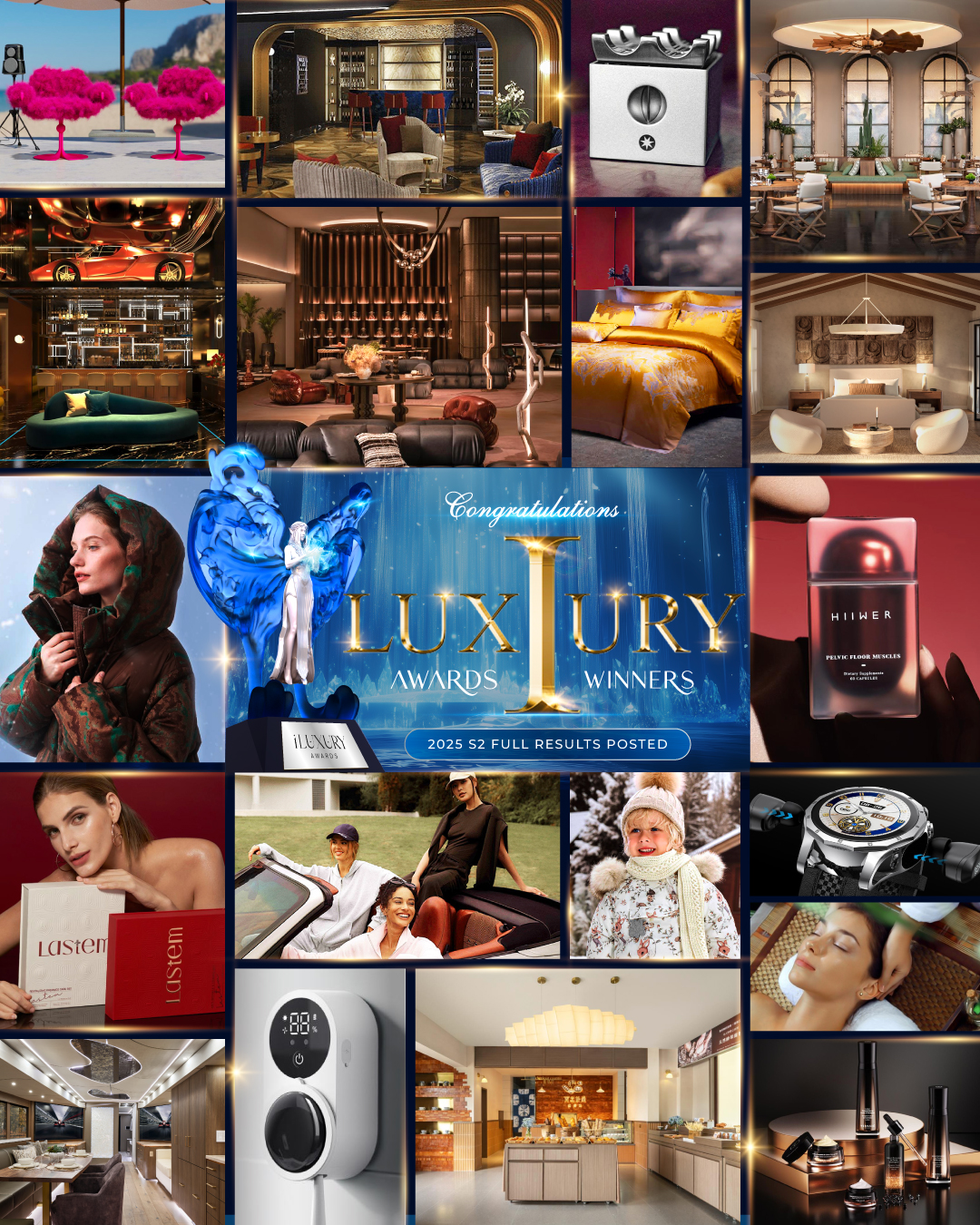

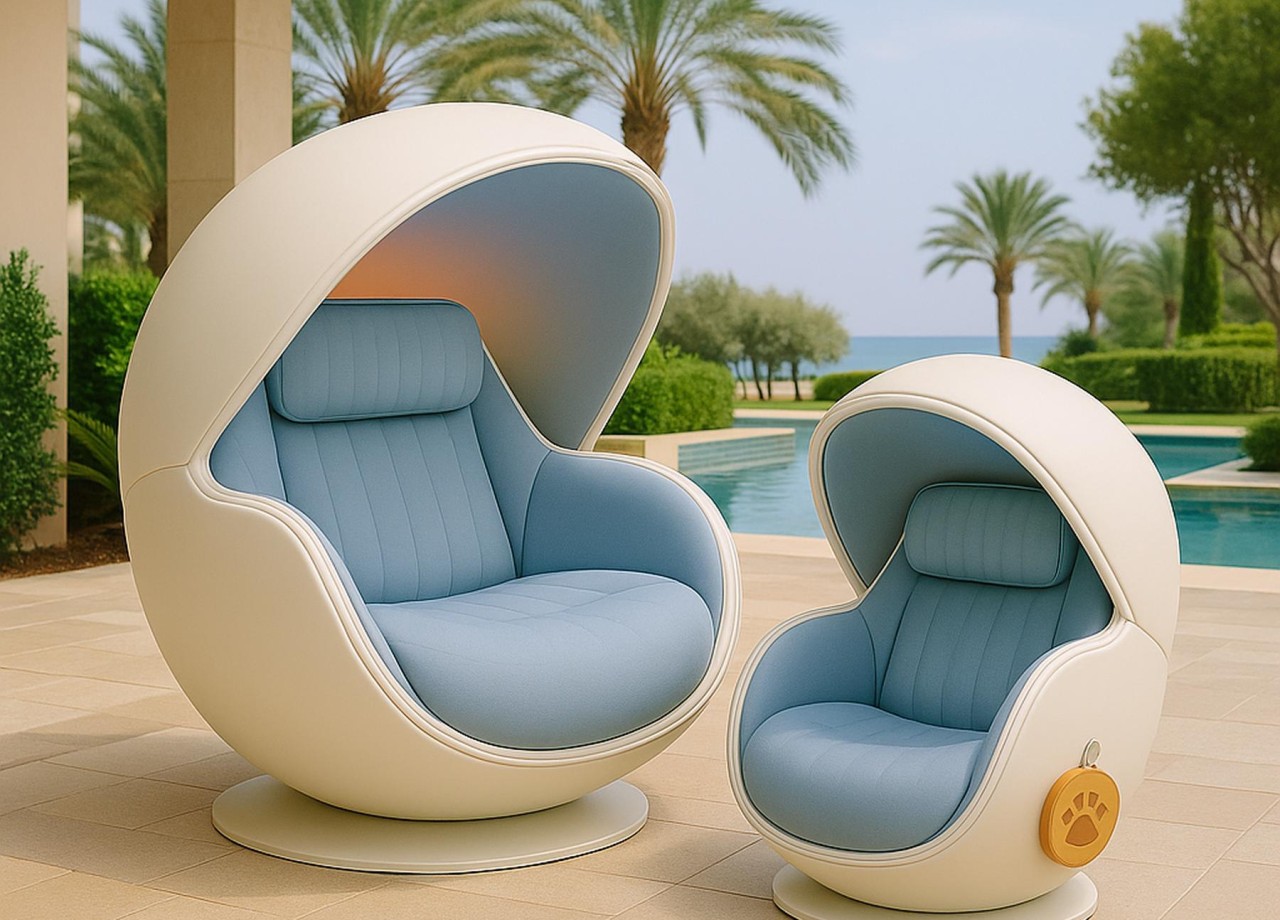




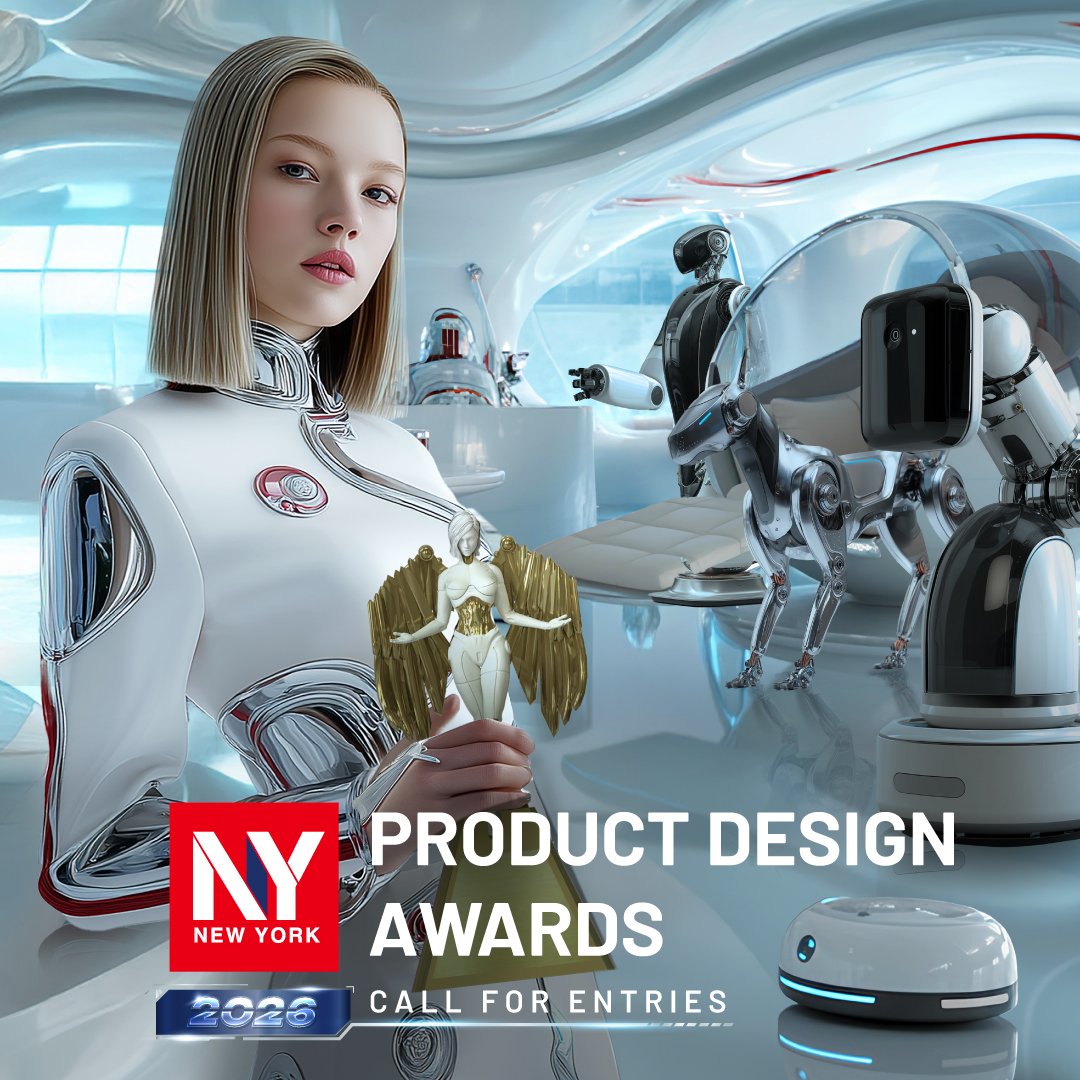
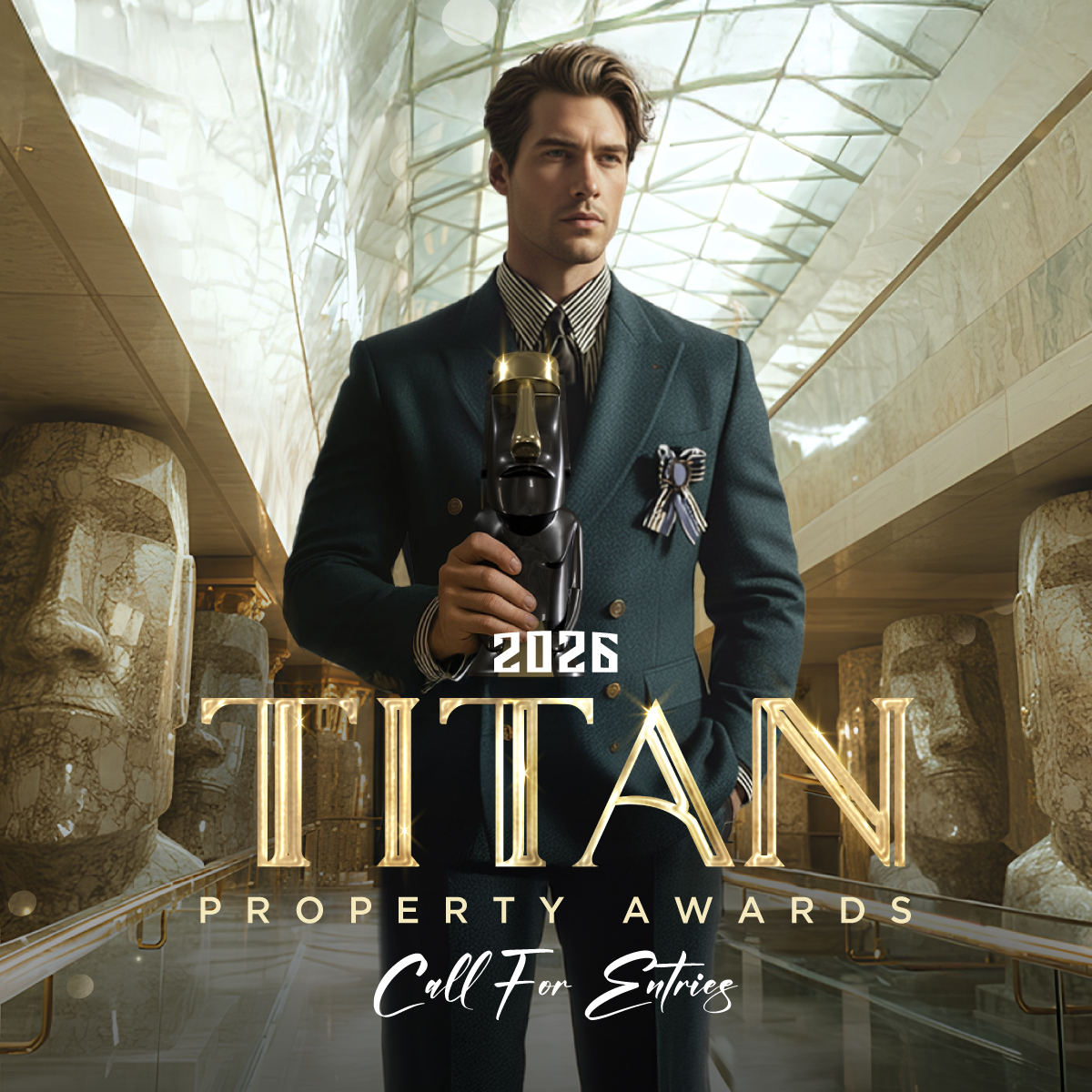

IAA GLOBAL AWARDS
MUSE Awards
Vega Awards
NYX Awards
TITAN Awards
- TITAN Business Awards
- TITAN American Business Awards
- TITAN Property Awards
- TITAN Women In Business Awards
- TITAN Health Awards
- TITAN Innovation Awards
- TITAN Brand Awards



